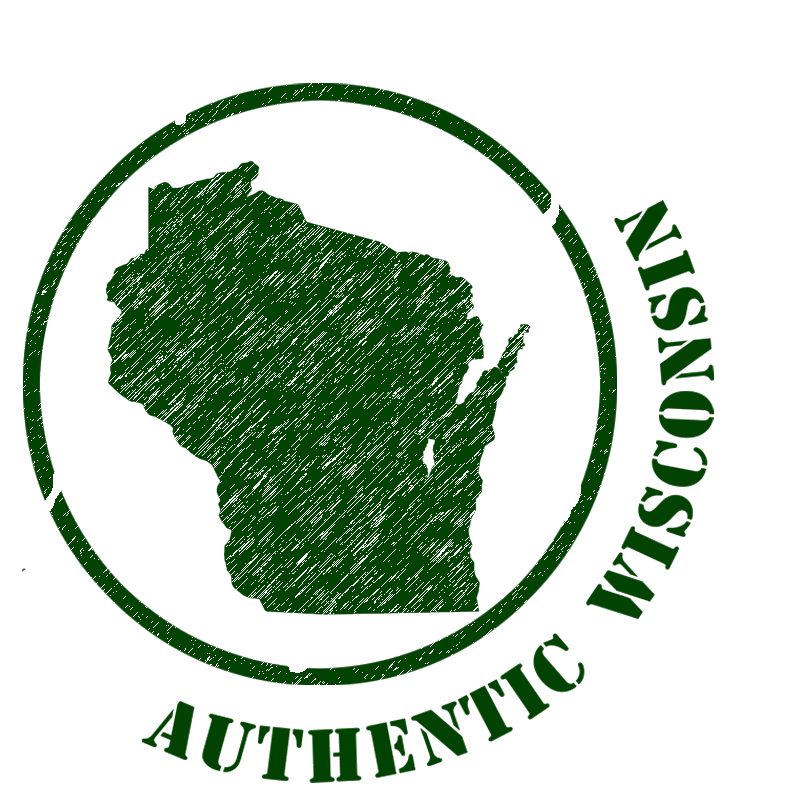 Milwaukee, Wisconsin
Milwaukee, Wisconsin

Milwaukee, Wisconsin - The largest city in Wisconsin, Milwaukee is located in the southeastern corner of the state along the shores and bluffs of Lake Michigan at the confluence of three rivers: the Menomonee River, the Kinnickinnic River, and the Milwaukee River.
Milwaukee is known for its breweries, many of which offer tours chronicling its role in the beer industry.
The name "Milwaukee" comes from an Algonquian word millioke, meaning "good", "beautiful" and "pleasant land."
Europeans had arrived in the Milwaukee area prior to the 1833 Treaty of Chicago. French missionaries and traders
first passed through the area in the late 17th and 18th centuries. Alexis Laframboise, in 1785, coming from Michilimackinac
(now in Michigan) settled a trading post; and is considered the first resident of European descent in the Milwaukee region.
Early explorers called the Milwaukee River and surrounding lands various names: Melleorki, Milwacky, Mahn-a-waukie, Milwarck,
and Milwaucki, in efforts to transliterate the native terms. For many years, printed records gave the name as "Milwaukie".
Over 150 state and county park and 130 miles of multi-use bike trails.
Milwaukee County is known for its well-developed Parks of Milwaukee park system. The "Grand Necklace of Parks", designed by Frederick Law Olmsted, designer of New York's Central Park, includes Lake Park, River Park (now Riverside Park), and West Park (now Washington Park).
First Practical Typewriter
The first typewriter to be commercially successful was invented in 1878 by Americans Christopher Latham Sholes, Frank Haven Hall, Carlos Glidden and
Samuel W. Soule in Milwaukee, Wisconsin, although Sholes soon disowned the machine and refused to use, or even to recommend it. It looked "like something like a cross between a piano and a kitchen table."
Brewing (Beer City/Brew City/Brew Town/Beertown)
Milwaukee became synonymous with Germans and beer beginning in the 1850s. The Germans had long enjoyed beer and set up breweries when they
arrived in Milwaukee. By 1856, there were more than two dozen breweries in Milwaukee, most of them owned and operated by Germans. Besides making beer
for the rest of the nation, Milwaukeeans enjoyed consuming the various beers produced in the city's breweries.
Four historic beer barons started their breweries in Milwaukee: Schlitz, Blatz, Miller and Pabst.
For a large portion of Milwaukee's history, the city was known as the "beer capital of the world."

Above: Panorama map of Milwaukee taken from City Hall tower, c. 1898 .

Above: Panoramic view of modern Milwaukee, Wisconsin. Photo licensed under the Creative Commons Attribution-Share Alike 3.0 Unported: Dori.
For more information on Milwaukee, Wisconsin, visit Wikipedia.
Or, visit the Visit Milwaukee website at: visitmilwaukee.org.
Buy Milwaukee products and books at Amazon (Click on image below).
Milwaukee, Wisconsin
Milwaukee County
Largest City in Wisconsin
"Beer capital of the world"
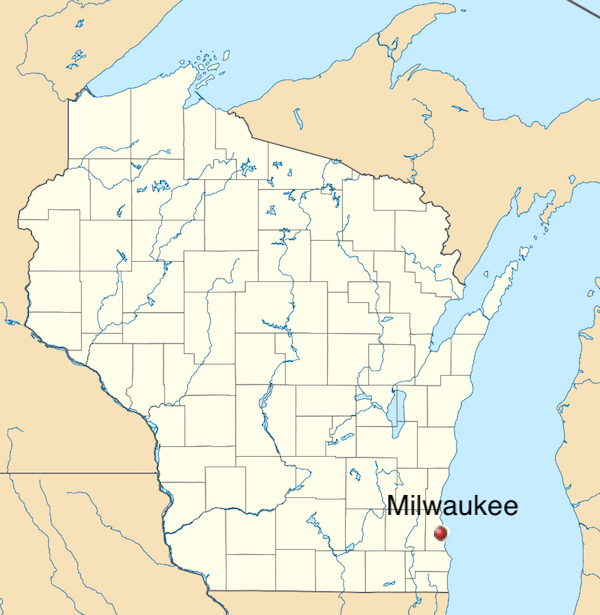
Above: Milwaukee, Wisconsin. Coordinates: 43°03′8″N 87°57′21″W
Nicknames:
Beer City/Brew City/Brew Town/Beertown: You know why.
Cream City: Because of the Cream City brick used in building that is made with a cream or light yellow-colored brick made from clay found around Milwaukee.
City of Fesivals: Because of the many ethnic and cultural festivals that are held annually in Milwaukee; some of these festivals are the largest of their kind.
For a schedule of upcoming festivals, visit the Visit Milwaukee City of Festivals website page.
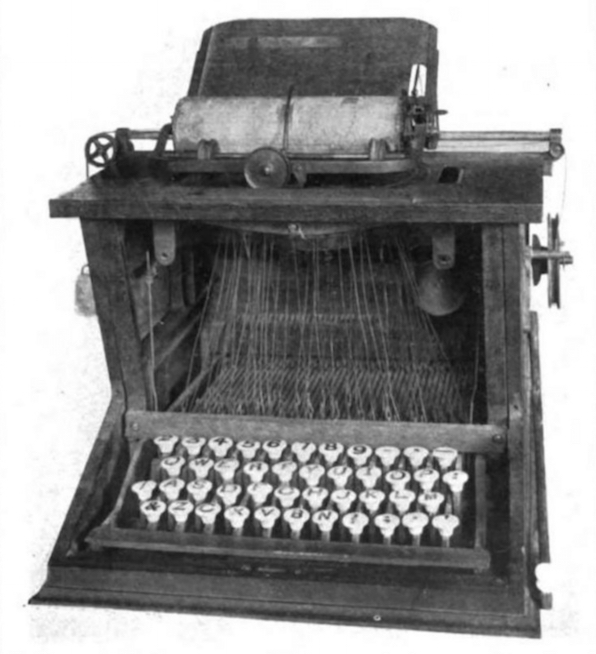
Above: Photo of prototype of the first practical typewriter invented by Christopher Latham Sholes, Carlos Glidden and Samuel W. Soule between 1868 and 1873 in Milwaukee.
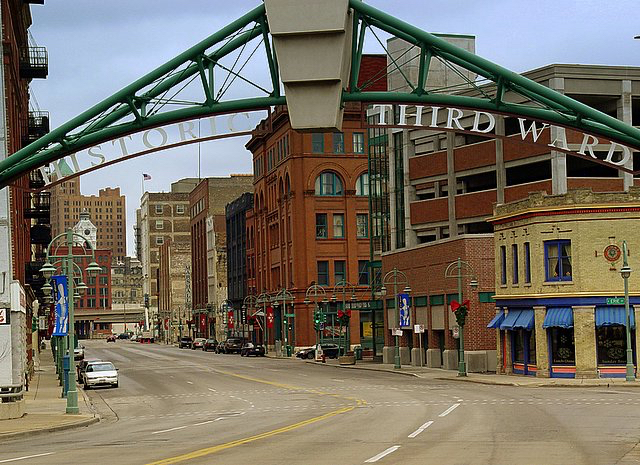
Above: Milwaukee's historic Third Ward. Photo licensed under Creative Commons Attribution-Share Alike 2.5 Generic.
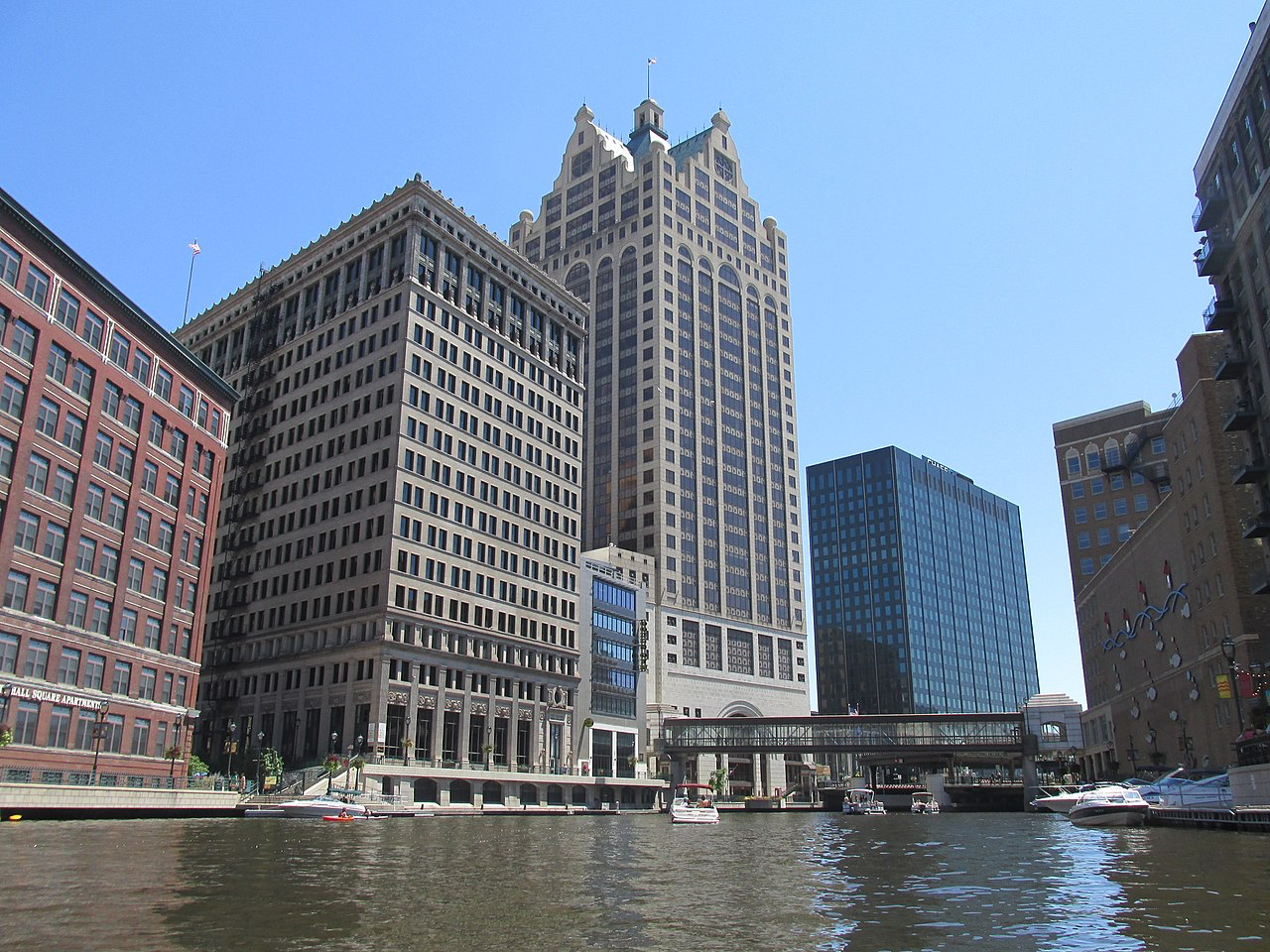
Above: Downtown Milwaukee from the Milwaukee River. Photo licensed under Creative Commons Attribution-Share Alike 4.0 International: Purduefb15.
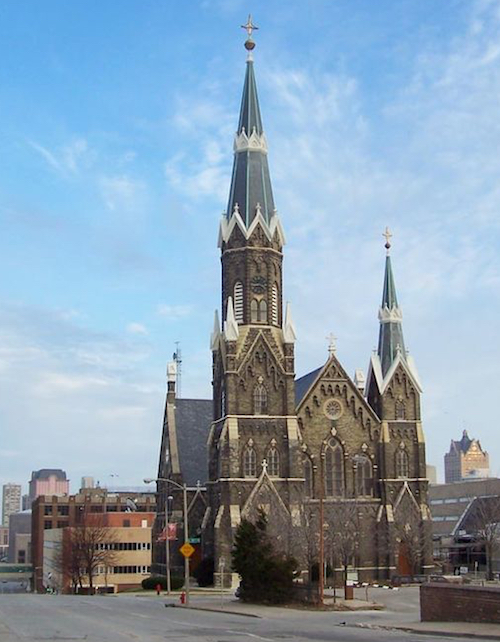
Above: Trinity Evangelical Lutheran Church, located in Milwaukee, Wisconsin, is an example of a building constructed with Cream City brick, though its cream color has been darkened by the elements. Photo licensed under Creative Commons Attribution-Share Alike 3.0 Unported: Sulfur.
Above: Meet Milwaukee by Visit Milwaukee.

Above: View of Milwaukee Museum ("the Calatrava") from Lake Michigan.
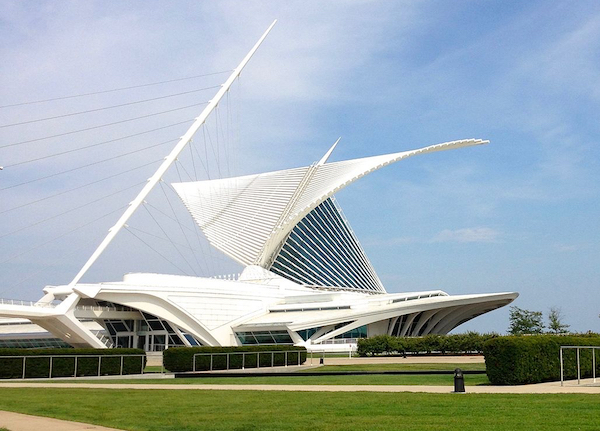
Above: View of Milwaukee Museum ("the Calatrava") from south-west approach. Photo licensed under Creative Commons Attribution-Share Alike 4.0 International: PeterSesar.

Above: The three beehive-shaped glass domes of the Mitchell Park Horticultural Conservatory in Milwaukee. Photo licensed under Creative Commons Attribution-Share Alike 3.0 Unported: Sulfur
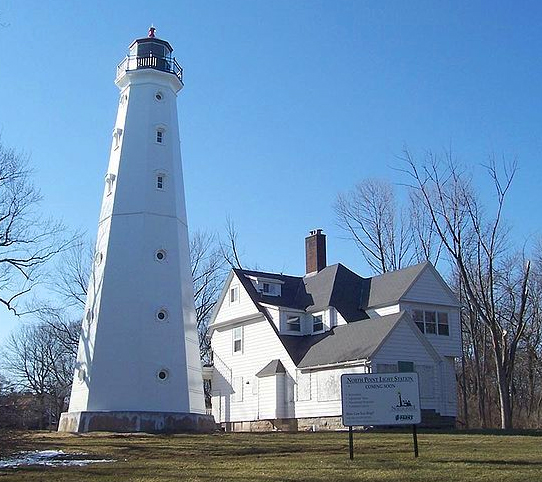
Above: The North Point Light is a lighthouse located in Lake Park on the East Side of Milwaukee. The lighthouse was added to the National Register of Historic Places in 1984. Photo licensed under Creative Commons Attribution-Share Alike 3.0 Unported: Jdsteakley

Above: Milwaukee's Lake Front Depot circa 1890. The Chicago and North Western Railway (C&NW) continuted to use the depot until May, 1966.